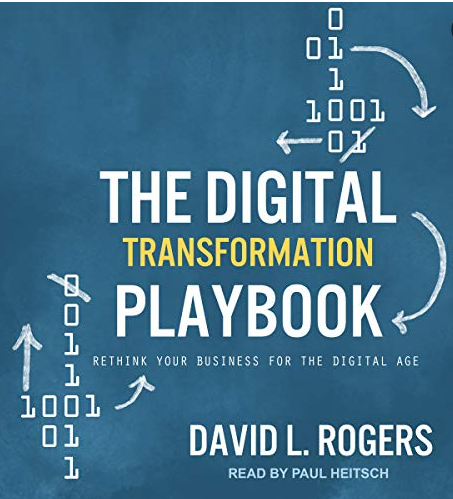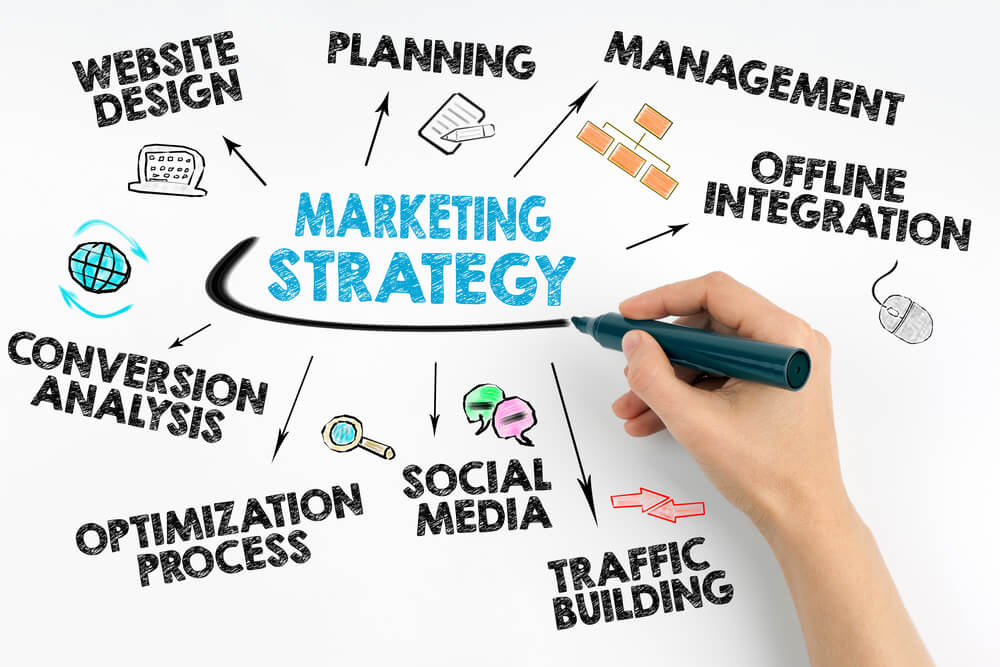
For decades, business transformation followed a predictable formula: restructure operations, cut costs, and incrementally adopt new technologies. Yet in today’s hyperconnected, AI-driven economy, this “playbook” is failing. Legacy approaches prioritize efficiency over agility, siloed processes over ecosystems, and short-term gains over sustainable innovation. To thrive in the digital age, organizations must rewrite the rules of transformation—shifting from rigid frameworks to dynamic, customer-centric strategies that unlock exponential value.
Why Traditional Playbooks Fail
The old models of transformation are crumbling under three tectonic shifts:
- Speed of Change: Market disruptions (e.g., generative AI, Web3, IoT) now occur in months, not years.
- Customer Expectations: Consumers demand hyper-personalized, instant, and seamless experiences.
- Cost of Inaction: Companies clinging to outdated systems face existential risks. Kodak’s bankruptcy and Blockbuster’s collapse exemplify the cost of clinging to analog-era logic.
To survive, businesses must abandon the illusion of control and embrace fluid, iterative transformation.
New Rules for Digital-Age Transformation
1. Agility Over Grand Plans
Five-year roadmaps are obsolete. Instead, adopt a “test-learn-scale” mindset.
- Example: Spotify’s “Squad Model” organizes teams around micro-missions (e.g., improving playlist algorithms), enabling rapid experimentation. Failures are treated as data points, not disasters.
- Toolkit: Deploy low-code platforms, agile sprints, and real-time analytics to pivot faster than competitors.
2. Data as a Growth Engine, Not a Byproduct
Traditional ERP systems treat data as a record of the past. Modern transformation treats it as fuel for future revenue.
- Case Study: Unilever’s “People Data Centers” aggregate consumer insights from social media, IoT devices, and transactions. AI models predict regional demand spikes, optimizing inventory and reducing waste by 18%.
- Opportunity: Monetize data through API marketplaces (e.g., Salesforce’s MuleSoft) or predictive subscription services.
3. Ecosystems, Not Monoliths
Digital-age winners thrive by collaborating, not competing alone.
- Example: BMW’s “Open Manufacturing Platform” shares factory IoT data with suppliers and startups, slashing production costs by 25% while accelerating innovation.
- Strategy: Build partnerships with fintechs, cloud providers, or even competitors to co-create value.
4. Human-Centric Digital Design
Automation alone alienates employees and customers. Winning transformations blend AI with empathy.
- Case Study: Starbucks’ Deep Brew AI optimizes staffing and inventory but also empowers baristas with real-time customer preference data, boosting tips by 30%.
- Rule: Use AI to augment, not replace. Train teams to leverage tools like ChatGPT for creative problem-solving.
Breaking the Growth-Cost Tradeoff
Conventional wisdom claims transformation requires massive upfront investment. Not anymore.
- Cloud-Native Scaling: Companies like Netflix avoid legacy IT debt by building on AWS, scaling infrastructure costs proportionally to revenue.
- Outcome-Based Partnerships: Instead of buying software licenses, pay vendors based on results (e.g., Adobe’s performance-linked pricing).
- Zero-Cost Innovation: Tap open-source communities (e.g., Linux, TensorFlow) and crowdsource ideas via platforms like InnoCentive.
Case Study: Lego’s Reinvention
In 2003, Lego neared bankruptcy, clinging to brick-centric physical play. By rewriting its playbook, it became a $9 billion digital-age icon:
- Ecosystem Shift: Partnered with Warner Bros. for LEGO Movies and Tencent for mobile games.
- AI-Powered Personalization: Launched LEGO Life app, using machine learning to recommend sets based on kids’ creative patterns.
- Asset-Light Growth: Introduced “Digital Twin” kits—buy a physical set, unlock augmented reality (AR) experiences.
Result: 600% revenue growth in a decade, with margins doubling.
The Path Forward
Digital-age transformation demands courage to abandon comfort zones. Leaders must:
- Think in Multiples: Aim for 10x outcomes, not 10% improvements.
- Reward Experimentation: Allocate 20% of budgets to high-risk, high-reward “moonshots.”
- Measure What Matters: Track customer lifetime value (CLV), not just quarterly profits.
The future belongs to organizations that treat transformation as a perpetual journey, not a destination. As Microsoft CEO Satya Nadella warned: “The only constant is reimagining your business before someone else does.”
Final Thought: The digital age has no playbook—only principles. Agility, ecosystems, and human-machine synergy are the new pillars of survival. Companies that rewrite their DNA today will dominate tomorrow. The time for incrementalism is over.






